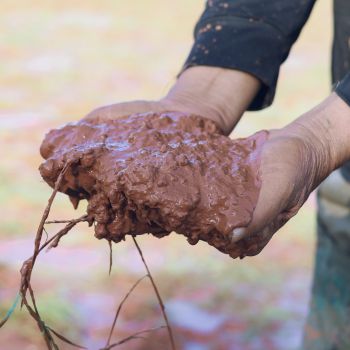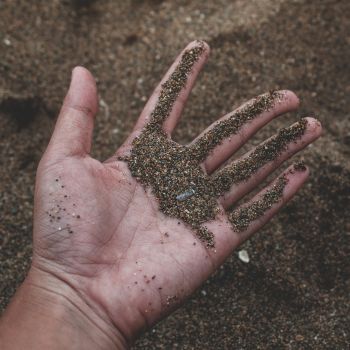Whether you grow flowers, herbs, vegetables, or fruit, a fertile soil is a fundamental requirement for success. Your plants rely on the nutrients in the soil for healthy growth, and if any of the minerals they need are missing, they'll show clearly visible signs of distress as well as growing poorly overall.
Luckily, fixing a nutrient deficiency in your soil is usually straightforward, so long as you can identify which mineral is lacking. But what are signs you should look for?
Firstly, different deficiencies can show up at different stages of a plant's life and affect different parts of growth.
The following six deficiencies will tend to appear in older leaves first.
- Nitrogen: A lack of nitrogen means that the plant doesn't produce enough chlorophyll for full photosynthesis, leading to yellowing leaves, stunted growth, leaf drop, and premature maturity.
- Cobalt: Shows the same general symptoms as nitrogen deficiency, but affecting only legumes such as peas, beans, and nuts.
- Magnesium: Pale leaves with yellow patches, although the leaf veins and part of the stem end remain a healthy green.
- Potassium: Yellowing leaves with brownish-red scorching around the edges. Also discoloured spots surrounded by paler areas.
- Phosphorus: Stunted growth, leaf drop, and dead brown spots around the leaf edges.
- Molybdenum: Speckled discolouration, curling and cupping leaves, and malformed stems.
However, the next six deficiencies usually affect the youngest leaves first before spreading around the plant.
- Calcium: The leaf tips hook sharply downward, with the symptoms progressing to blackened leaves and eventual plant death.
- Sulphur: Widespread yellowing, plus underdeveloped leaves with edges curled downwards.
- Iron: Yellowing, pale-coloured, or translucent leaves, but with the veins keeping their normal green colour.
- Copper: Leaf tip death, yellowing, and malformed growth. If the plant survives until flowering, flower production will be severely reduced.
- Zinc: Underdeveloped leaves growing in bunches, with a yellow or white mottled appearance.
- Boron: Leaves turn yellow at the margins, then blacken, crumple, and die back from the tips.
And lastly, this final deficiency can affect leaves of any age, but will tend to appear in middle growth rather than the oldest or youngest.
- Manganese: Yellowing between the leaf veins, with the veins themselves turning a pale, sickly green and losing their definition. Often occurs in waterlogged conditions.
Of course, several of these deficiencies could be present at once if your soil is particularly poor, and it may be hard to completely separate out the symptoms you see.
If you can positively identify a deficiency, then a targeted feed can be a simple remedy. However, with the exception of nitrogen, potassium, and phosphorus deficiencies which require specific fertiliser formulations to correct, an all-in-one corrective elements solution will often provide enough of the various trace elements to solve the problem.






